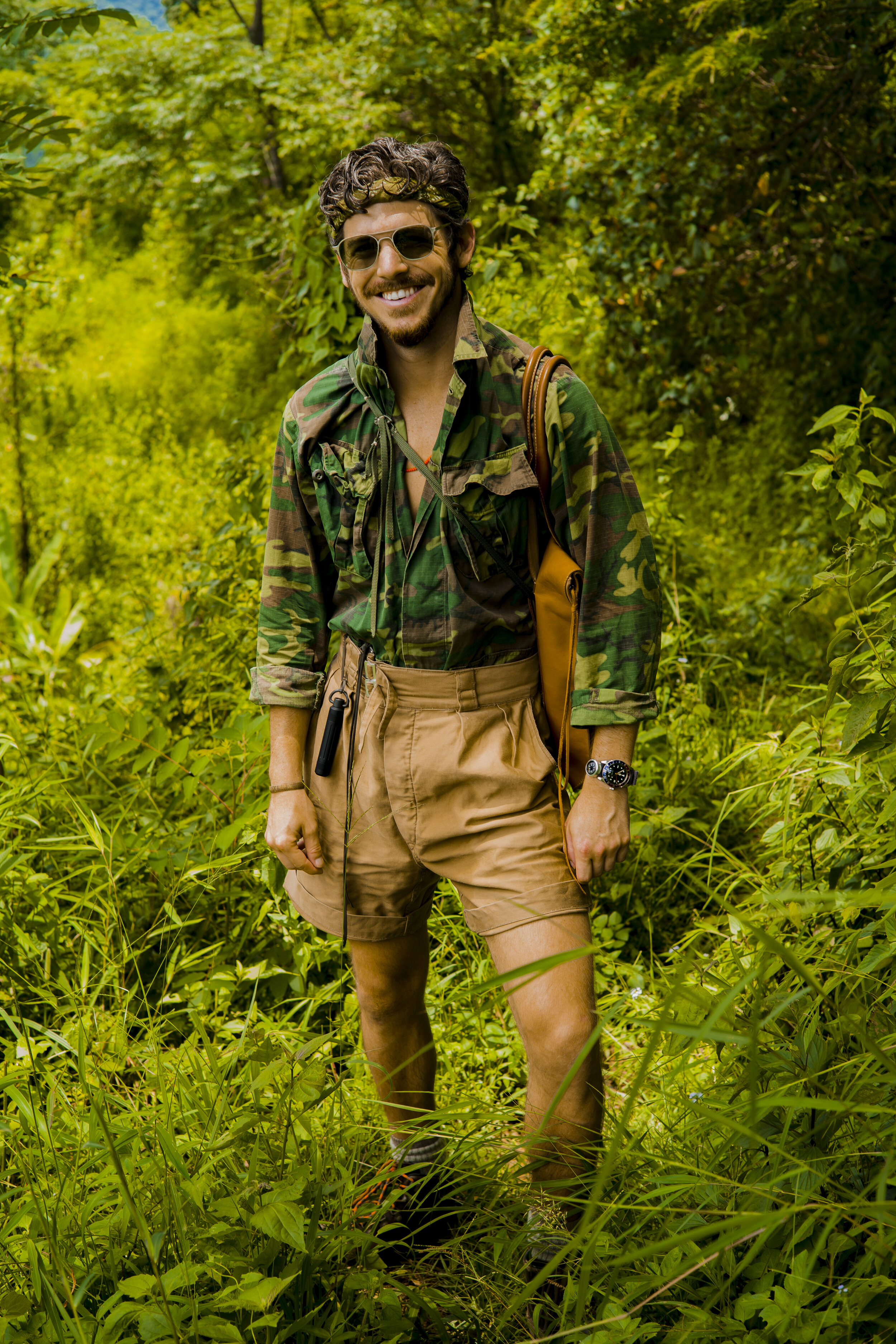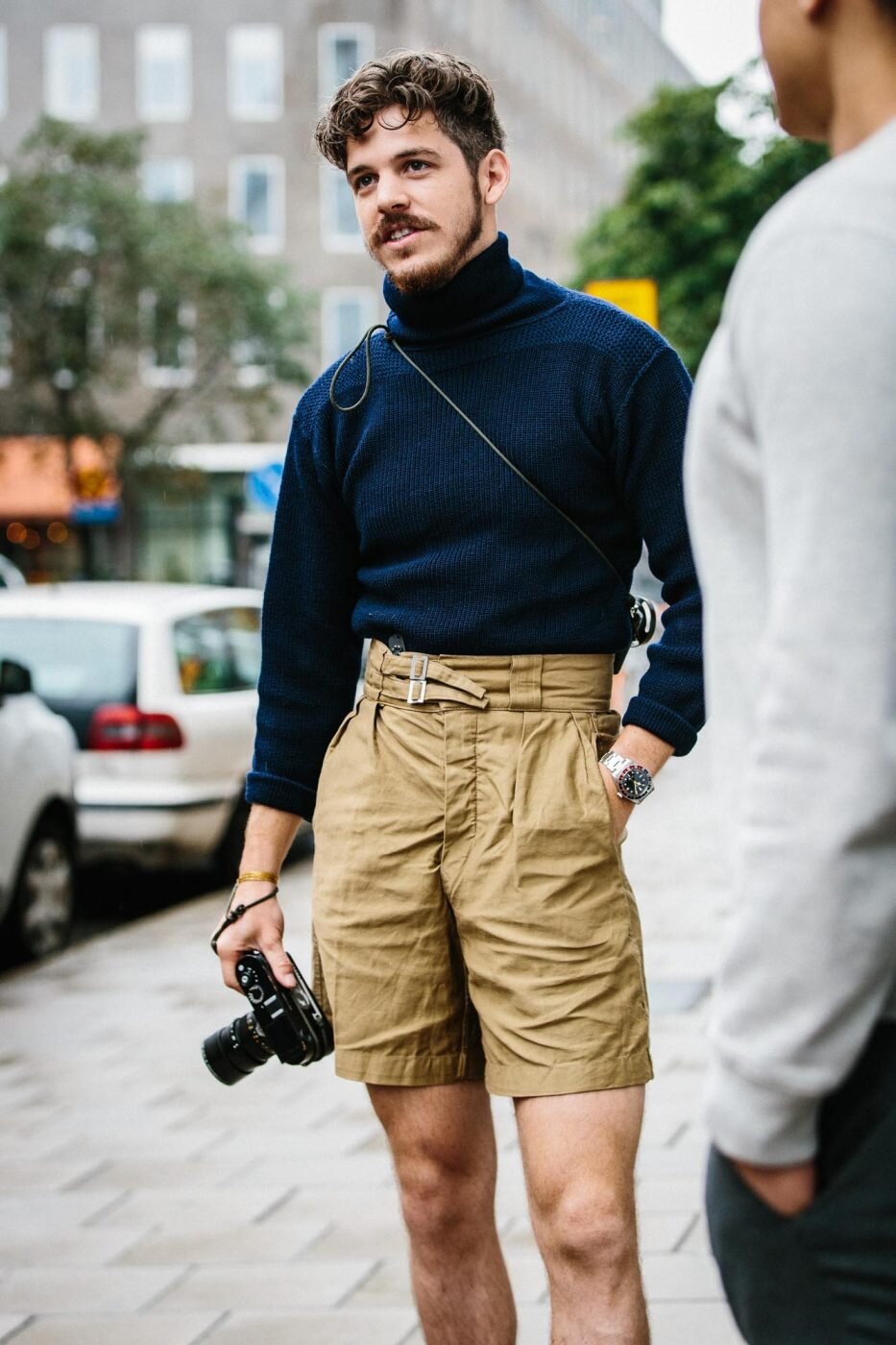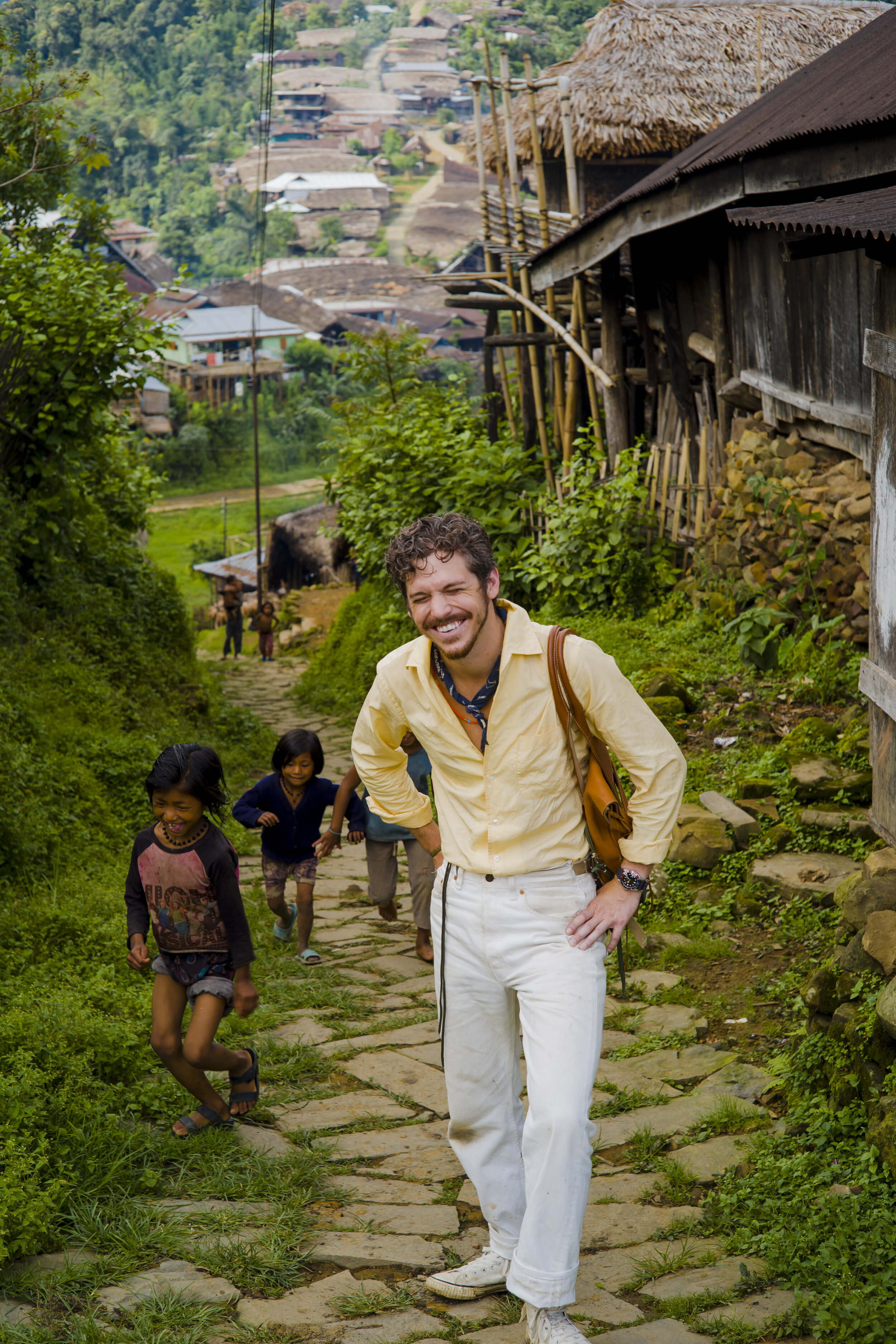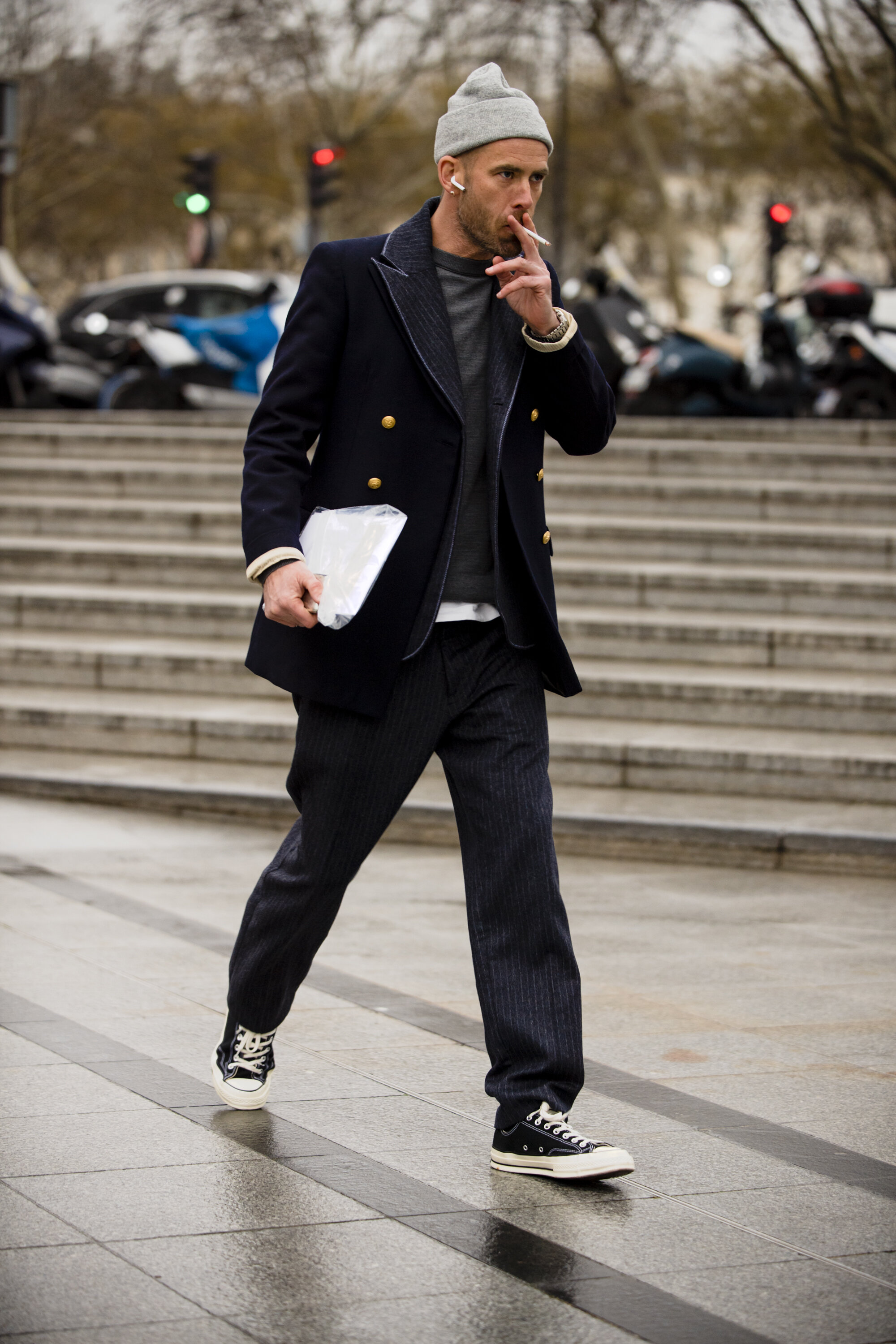Profiles in Light: Robert Spangle

Tinker. Tailor. Soldier.
Robert Spangle is a man of many talents. A man who tinkers; a designer whose life is reflected in every stitch and cut of his utilitarian and elegant creations. A tailor from Savile Row with a profound sense of style, who travels the world making his observations with a Leica in tow. A soldier, who served in reconnoissance in Afghanistan for the United States Marines.
Robert’s life colors his art, and gives character to his myriad works. Whether words and photography for some of the world’s leading publications, or his own brand of Observer Collection products, you’ll find parts of a life well-lived imbued in every piece.
We are pleased to share part of his story with you on our latest installment of Profiles in Light.
-M-
M: Tell us a bit about your background, who is Robert Spangle?
RS: I am a photographer and a designer. Photography’s breadth is the world, and that suits my interests.
I was born in Malibu California, served as a Marine after high school and went on to study Fashion, Industrial Design, and apprentice as a tailor on Savile Row.
You've developed a strong sartorial sense - what drove your interest in and participation?
Joining the military was partially a journey to become the kind of man I wanted to be. Looking the part became important when I felt my experiences didn’t match what I had grown up wearing. I started reading books, magazines, and many, many blogs. The idea of tailored clothing, something atemporal based on your own proportions became an obsession.
How do you approach your own manner of dress?
I’m always looking for my uniform. A concise set of clothing that improves my functionality and connotatively falls somewhere between who I am, where I’ve been and who I’d like to be. It’s very much about learning all the time.
A person's individual style can serve as affirmation of who you are, and how you want to be seen by the rest of the world. Clothes make the man - but the man chooses the clothes. Do you have any tips on how people might want to approach style?
The idea of tailoring is much like figure drawing to art, or drafting to site in architecture. There is no better foundation. If you can understand proportion, color, texture, and silhouette for yourself you can apply that however you want - streetwear, vintage, tech wear, avant-garde.
So for guys I say start by looking at tailoring, and then follow your own interests deeply. Tailored clothing is a great teacher of quality, a standard you can apply rigorously to any other kind of clothing. it also has the greatest longevity in your closet and the best value for your money.
It’s not for everyone, but it’s a good place to start because it starts with you.
Any favorite brands, perhaps something more off the beaten path?
All the good stuff is off the beaten path! Try Stoffa, Anglo Italian, Kapital, Brycelands, Acronym.
You're a talented photographer. What's your favorite camera to shoot with?
Any of my Leicas. It would be impossible to chose one. I burn with the burning house.
Fuji Superia 1600, Arrette Noiret by Robert Spangle
What draws you to analog photography?
The process.
Photographers love talking technical about equipment and I think that fascination keeps the result technical, too. Process is what’s yours, everything else is digital or chemical post.
I love analogue because it demands your absolute attention and denies you the ability to pre- or post-view. In this it is psychologically closer to your mind than your self image.
Favorite film emulsion?
The now extinct Fuji Superia 1600. It looked how I felt.
Let's talk a bit about The Observer Collection. How did you get started creating your own products?
I studied fashion, and also trained as a bespoke tailor but didn’t really understand my own design process or purpose until I studied industrial design. Industrial design is user based, research heavy, and solution driven. I realized most of the world’s creative elite were living like me, out of suitcases, on the road 25-40 weeks a year. There was an unanswered need for that lifestyle, and on a deeper societal level a need to create a grounding sense of home through design.
Good design is an expression of the sum total of the designer's experiences. What is your approach like in creating products, and what defines the creative process?
I start with a need and my own narrative fiction. I research, ideally with in-the-field experts to define parameters. Then I iterate. Then I reduce. There is a moment of exponential utility that lets me know a design is ready to be made into prototypes.
Is there anything you're excited about for 2020 that you'd care to share?
I have two trips I’m very excited about. The first I have to keep under wraps, the second would be to the WWII Airborne Demonstration Team’s Airborne Jump School.
Additionally I’m going to be rounding out Observer’s accessories and starting in on clothing, fingers crossed.
You spend a lot of time living out of a suitcase - be it for GQ, WM Brown, and many others. What country so far do you have the fondest memories of?
That’s very hard. If I could really chose a favorite I wouldn’t leave.
Tokyo. Turino. Kurdistan. Nagaland. Paris.
Robert’s travel kit - Rimowa in Olive Drab, and an Observer Collection Tango.
What does your usual travel kit look like?
My Tango bag or Bravo, Rimowa carry on with cameras, Rimowa trunk. If it’s a rougher trip I swap the aluminum for my Tactical Tailor ruck.
What's your most anticipated passport stamp for 2020?
Somewhere I’ve been but never been stamped.
Who has served as a mentor or inspiration to you?
My Marine teammates. Ayn Rand. I’ve made friends of those who inspire me - more than ideas it’s transferable energy. Designer/makers Fernando Ruiz, Bill Yao, Erollson Hugh, Will Inrig, Nayung Chang. Journalist T.M Gibbons Neff, Stylist Bertille Noiret.
You have 24 hours to make the most of LA. You've landed at LAX, where would you go, and what would you do?
IN-N-OUT for your first meal on Sepulvada exiting LAX.
Have a burger and watch the plane spotters photographing the jets coming in.
Get a coffee at Menotties in Venice Beach.
Then, go downtown to the Bradbury Building, and sneak whatever you're driving onto the LA rivers reservoir in the nearby arts district.
Do exactly one lap before the cops show up, tell them you lost on your way to a movie set.
Get measured for a hat by Cody Wellema and then visit the Getty on your way to Malibu for the sunset.
Get a breakfast burrito regardless of time of day from Lily’s.
Robert’s personal Flieger 1930 Electric Torch, featured atop an Observer Collection Bravo Briefcase, and along side a Leica M10D with Carl Zeiss optics.
Magically skip traffic and have some pre flight beers at LA’s smallest, best, old dude bar The Harbor Room near LAX.
Lastly: You find yourself on a desert island, with nothing but your wits and carry-on bag. What's in it?
I’ve had my luggage lost too many times to not keep all my “possibles” on me or with my carry on.
That’s mostly cameras and electronics, but I also normally carry a Snow Peak water bottle, a TAD survival capsule with water purification and fire starting materials and a button compass, and my Muyshondt Flieger in my bag and my Maus on me.
If I could be spared TSA I’d include a Greyman Darfur Defender fixed blade for a field knife.
Actually thats not so bad, maybe I wouldn’t want to leave.
Follow Robert Spangle on Instagram - @thousandyardstyle, and learn more about his creations at The Observer Collection.
Los Angeles, by Robert Spangle



























